Linde developed a new range of carbon fibre wrapped gas cylinders. Lighter than steel cylinders and equipped with in-built digital intelligence and regulators.


Linde developed a new range of carbon fibre wrapped gas cylinders. Lighter than steel cylinders and equipped with in-built digital intelligence and regulators.

Japanese companies target the future market for Lithium-ion batteries. Kureha, Kuraray, and Itochu jointly developed and commercialized a new hard carbon material called “Biocarbotron”.
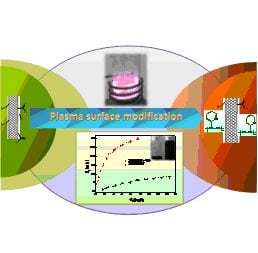
Scientists at Institute of Plasma Physics, CAS, have developed a way to modify multiwalled carbon nanotubes to enhance their dispersion properties and adsorption capacities
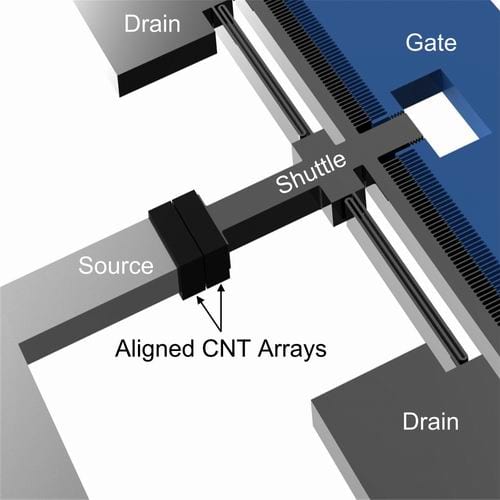
Korean researchers make a tiny switch from carbon nanotubes.
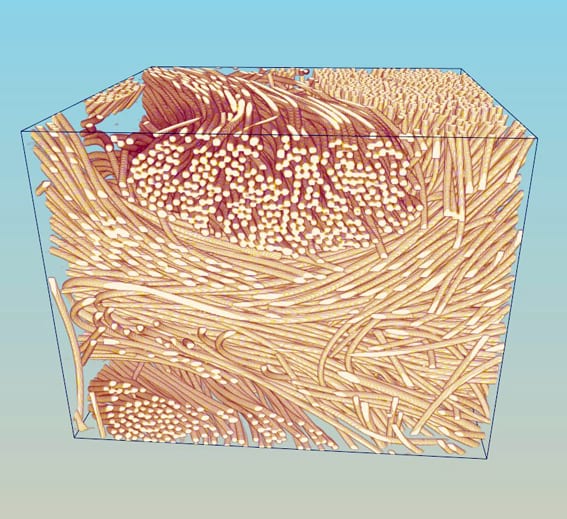
Carbon fiber-reinforced carbon has outstanding material properties and many applications but is extremely expensive – how to improve the processing of this useful material?
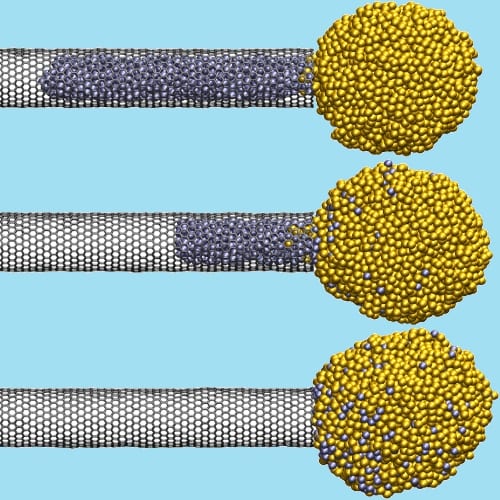
Encapsulated metal nanoparticles can be extracted from carbon nanotubes through reverse capillary action.

A coating of single-walled carbon nanotubes improves the performance of li-ion cell cathodes: They show longer lifetimes and stable capacities even at very high rates.
New work by Compton and Nguyen summarizes currently known strategies for preparing advanced materials from dispersions of stable graphene oxide, highly reduced graphene oxide, and graphene.
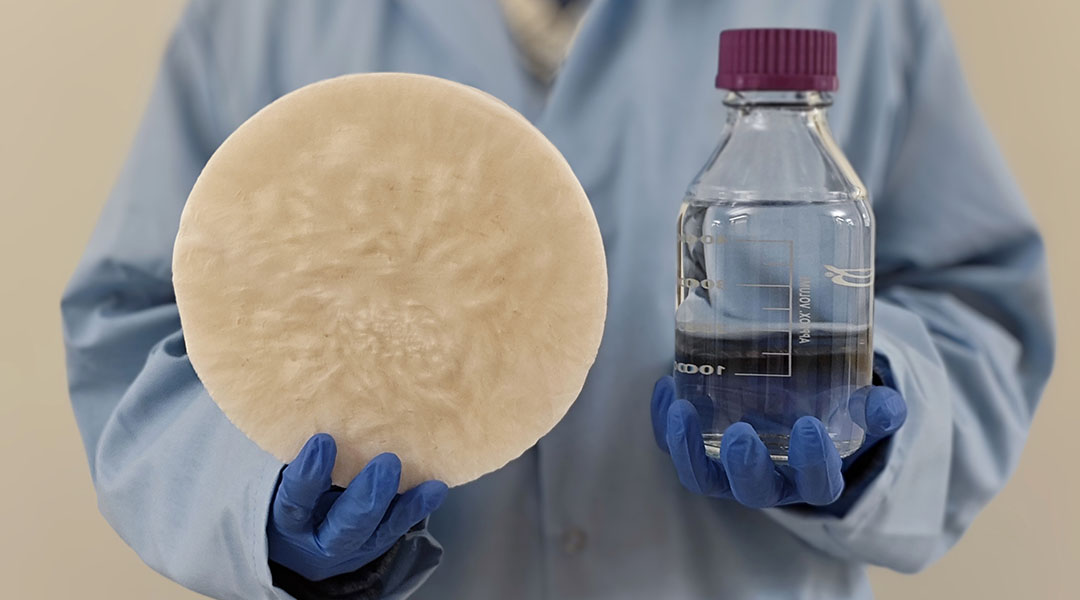
A new hydrogel extracts water from the air, offering a sustainable alternative to bottled water and addressing global water shortages.

A new rice variety that combines high yield with low methane emissions could help farmers tackle climate change.